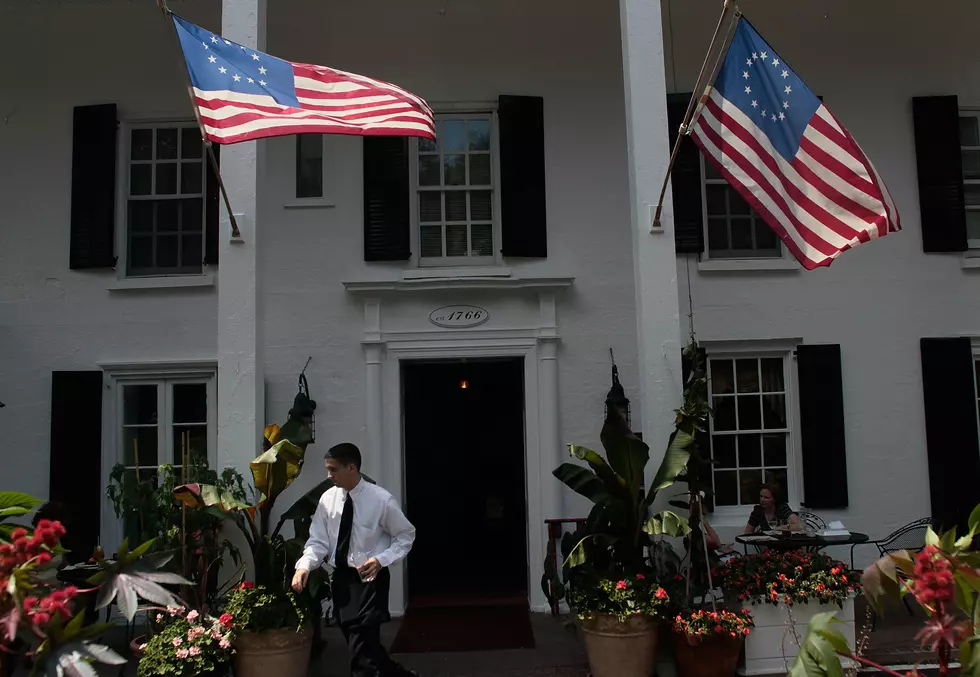
Union Gets $1 Million to Upgrade Electrician Training Center for Recruitment
The International Brotherhood of Electrical Workers (IBEW) Local 43 has received a New York State Development grant through the Central New York Regional Economic Development Council. The $1 million in grant money will be used to expand its apprenticeship training center in Clay.
The training center, which is already considered state-of-the-art, will be bolstered even further in an effort to keep up with the industry demand for electrical apprentice in Central New York, a release from IBEW Local 43 said.
"This grant will guarantee that IBEW local 43 Union electricians will continue to grow in central New York and every union electrician will have the training and tools they need to lead the construction industry. The IBEW local 43 is excited to be a big part of the community and the promising future that lies ahead for Central New York," the release stated.
Since COVID-19, experienced electricians have been retiring at a rate "faster than ever," according to border states.com. Only 16% of high school and college students say they plan to go into construction career when they graduate, compared to more than 76% who plan to go into a tech career, the site says.
According to the U.S. Bureau of Labor Statistics, electrical work is a growing field. The government agency says "electrician jobs are expected to grow by 9.1% from 2020 to 2030, which is higher than the 7.7% growth rate projected for all occupations."
The Bureau says the increase is being generated by an increase in devices, buildings and vehicles that rely on electricity. The fact is, consumers are using electricity now more than. ever, and government statistics point to an excelerated growth over the next decade, which means more electricians will be needed than ever before.
The IBEW apprenticeship program and training center reaches out to and recruits young people into the field, by promoting training programs, attractive salaries and benefits, and the luxury of "graduating" into a full-time career without the drag of high student loan debt.
How Many in America: From Guns to Ghost Towns
25 Not-So-Magical Incidents at Disney Theme Parks
25 True Crime Locations: What Do They Look Like Today?
LOOK: The most expensive weather and climate disasters in recent decades
More From WIBX 950









